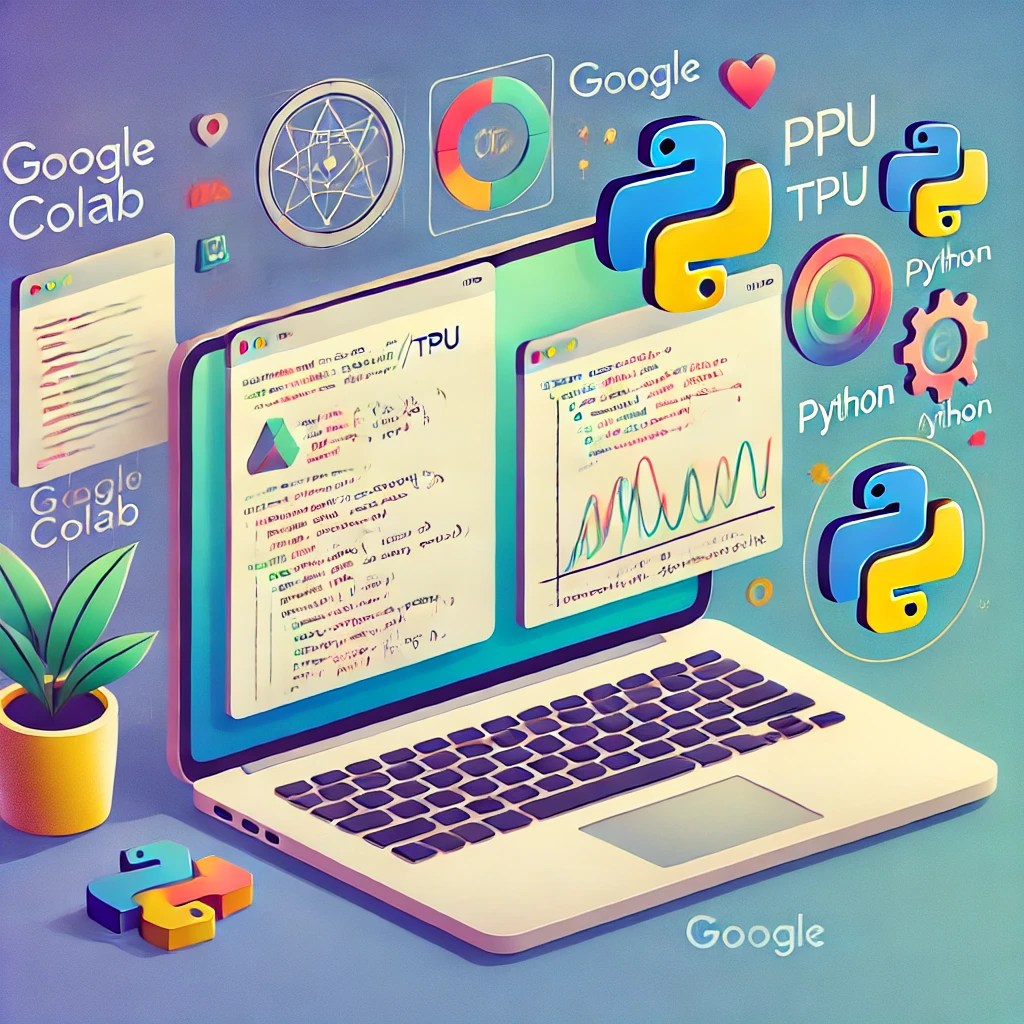In the ever-evolving field of machine learning and data science, accessibility to powerful computational resources is key. One such tool that has gained significant traction among data scientists, machine learning practitioners, and researchers is Google Colab. Google Colab, short for “Colaboratory,” is a free, cloud-based platform that allows users to write, execute, and share Python code, all within a web browser. In this blog post, we will explore what Google Colab is, its features, benefits, and how it can be a game-changer for your projects.
What is Google Colab?
Google Colab is a cloud-based Jupyter notebook environment provided by Google. It is a service that enables users to run Python code directly in their browsers without the need for any setup or configuration on their local machines. Colab is particularly popular among data scientists and machine learning enthusiasts because it provides free access to GPUs (Graphics Processing Units) and TPUs (Tensor Processing Units), which are essential for training large machine learning models.
Key Features of Google Colab
- Free Access to GPUs and TPUs
One of the most significant advantages of Google Colab is the availability of powerful hardware for free. Users can leverage GPUs and TPUs to accelerate their machine learning workflows, which is especially useful when working with deep learning models. - Jupyter Notebook Interface
Google Colab uses the familiar Jupyter notebook interface, which is widely used in the data science community. This interface allows users to write code in a cell-based format, making it easy to experiment, visualize data, and document the entire process. - Seamless Integration with Google Drive
Colab integrates seamlessly with Google Drive, allowing users to save their notebooks directly to the cloud. This integration also enables easy collaboration, as users can share their notebooks with others, similar to how they would share Google Docs or Sheets. - Pre-installed Libraries
Google Colab comes with a wide range of pre-installed Python libraries, including TensorFlow, PyTorch, NumPy, Pandas, and more. This saves users the hassle of installing dependencies and ensures that they can get started quickly. - Collaboration Features
True to its name, Colaboratory is designed for collaboration. Multiple users can work on the same notebook simultaneously, making it an excellent tool for team projects, code reviews, and educational purposes. - Interactive Visualizations
Colab supports interactive visualizations using libraries like Matplotlib, Plotly, and Seaborn. This feature allows users to create dynamic and visually appealing plots directly within their notebooks.
How to Get Started with Google Colab
Getting started with Google Colab is straightforward. Here’s a quick guide:
- Sign in to Google Account
To use Google Colab, you need to have a Google account. If you don’t have one, you can create it for free. - Access Google Colab
You can access Google Colab by visiting the Google Colab website. Once there, you can create a new notebook or open an existing one from your Google Drive. - Choose Your Runtime
In Colab, you can choose between different runtimes, including CPU, GPU, and TPU. To select a runtime, go to the “Runtime” menu, click on “Change runtime type,” and select the hardware accelerator you need. - Start Coding
Once your notebook is set up, you can start writing and executing Python code. You can also install additional libraries using pip commands directly within the notebook.
Use Cases of Google Colab
Google Colab is a versatile tool that can be used for a wide range of applications, including:
- Machine Learning and Deep Learning: Train and deploy models using TensorFlow, PyTorch, and other libraries.
- Data Analysis and Visualization: Analyze datasets and create visualizations using Pandas, NumPy, Matplotlib, and more.
- Natural Language Processing (NLP): Work on NLP tasks like text classification, sentiment analysis, and language modeling.
- Educational Purposes: Teach and learn coding, data science, and machine learning concepts in a collaborative environment.
Advantages of Using Google Colab
- Cost-Effective: Google Colab is free, making it an excellent option for individuals and small teams who need access to powerful computational resources without the associated costs.
- No Setup Required: Since Colab runs in the cloud, there’s no need to worry about software installation, configuration, or hardware limitations on your local machine.
- Collaboration: The ability to share notebooks and collaborate in real-time enhances productivity and learning.
- Scalability: For more extensive and more complex projects, Colab offers a Pro version, which provides increased computational resources and longer runtimes.
Limitations of Google Colab
While Google Colab is a fantastic tool, it does have some limitations:
- Session Limits: Free users are subject to session timeouts and idle time limits, which can be a hindrance for long-running tasks.
- Limited Customization: While Colab comes with many pre-installed libraries, customization options are somewhat limited compared to a locally managed environment.
- Data Privacy: Since Colab is cloud-based, users must be cautious with sensitive data and ensure compliance with data privacy regulations.
Conclusion
Google Colab is a powerful and accessible tool that has democratized machine learning and data science. Whether you are a seasoned data scientist or a beginner, Colab offers a platform that is easy to use, versatile, and cost-effective. With its rich feature set, seamless integration with Google Drive, and access to GPUs and TPUs, Google Colab is an invaluable resource for anyone looking to develop and deploy machine learning models, analyze data, or collaborate on projects.
If you haven’t explored Google Colab yet, now is the time to start. Whether you’re working on a small project or tackling a large-scale machine learning challenge, Google Colab has the tools you need to succeed.
